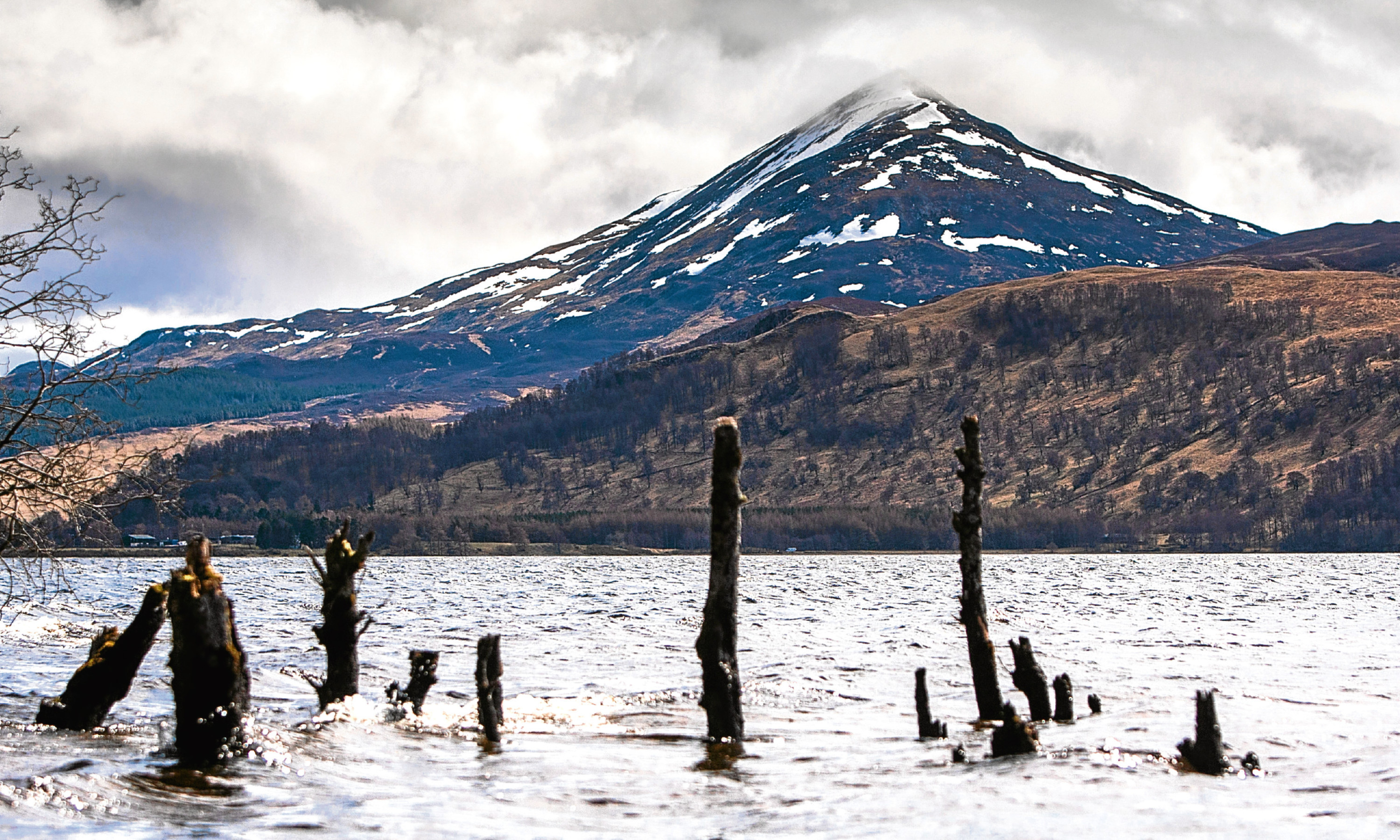One of my favourite poets is Norman MacCaig. One of my favourite Norman MacCaig poems is Landscape and I. It begins:
Landscape and I get on together well.
Though I’m the talkative one, still he can tell
His symptoms of being to me, the way a shell
Murmurs of oceans.
A conversation with the landscape more or less encapsulates what I’ve been doing with my working life for the last 30 years. So that poem slips into my mind more often than most.
Summer sun
It came into my mind again a few days ago on a low flank of Schiehallion, watching the mountain bask in the kind of sunlight that only summer can contrive, for Schiehallion was central to the landscape that brought the poem into being.
Sometimes with a Norman MacCaig poem, you have to hang in there until the last few lines before you get to see what he’s been getting at all along. Landscape and I is one. It ends:
This means, of course, Schiehallion in my mind
Is more than mountain. In it he leaves behind
A meaning, an idea, like a hind
Couched in a corrie.
So then I’ll woo the mountain till I know
The meaning of the meaning, no less. Oh,
There’s a Schiehallion anywhere you go.
The thing is, climb it.
A specific occasion had brought me to Schiehallion this time (instead of the mountain for its own sake, which is the usual reason) – the launch of the Heart of Scotland Forest Partnership.
East Schiehallion is owned and managed by the John Muir Trust, and their property manager there, Dr Liz Auty, has been coaxing this project towards reality for more than three years.
In her own words: “We have a long-term vision to turn this vast upland area into a living, breathing landscape of native trees, woodland corridors, flourishing wildlife and picturesque footpaths.”
In Scotland, if there is one thing above all others for which nature thirsts, it is trees. Native woodland cover that is permitted to find something like its own level is the answer to almost everything, to a burgeoning ecosystem, to enriched biodiversity, to a healthier climate and yes, to healthier people.
One of the trust’s aims with this partnership venture is “to bring locals and visitors closer to the land”, and that should be one of the great endeavours of nature conservation.
All nature’s problems in a country like ours stem from the fact our ancestors devoted infinite resources and ingenuity into putting distance between ourselves and nature. Here is a project that sets out to turn that centuries-old tide.
Partnerships
To that end the John Muir Trust has formed a partnership with Highland Perthshire Communities Land Trust (whose work on Dun Coillich to the south of Schiehallion is already characterised by vigorously regenerating woodland), Forest Enterprise’s East Foss estate, neighbouring Kynachan estate, the Scottish Wildlife Trust and Woodland Trust Scotland.
The potential is almost limitless, but its ambition includes restored and recreated woodlands linked by planted woodland corridors, and that ambition reaches from Loch Rannoch to Loch Tay, and from shoreline to treeline.
The scale is such that it can truly make a difference, for nothing on planet Earth responds to encouragement like nature, and encouragement on this scale will prompt nature to respond in ways that may surprise us all.
John Muir Trust chief executive Andrew Bachell said at the launch that woodland should be no respecter of borders, or fences, and that is nature’s way too.
It occurs to me that Loch Tay is just a handful of miles away from Forest Enterprise’s Strathyre Forest, which is itself a component part of the forest partnership that is the Great Trossachs Forest, an endeavour that stretches all the way west to Loch Lomond.
Celebration
One more substantial woodland corridor could link the Great Trossachs Forest with the Heart of Scotland Forest Partnership. Nature’s response would be one of spectacular celebration.
So amid the bonhomie and the coffee and some very good cake, the speeches, and the symbolic planting of trees in the lee of sun-smitten Schiehallion last week, there was a serious declaration of intent. To bring such a partnership into being has already taken years, but now, in addition to fashioning the resurrected forest, the tricky part begins – bringing the people back where they belong, which is closer to the land.
John Muir himself recognised the value of that connection when he wrote: “Thousands of tired, nerve-shaken, over-civilised people are beginning to find out that going to the mountains is going home, that wildness is a necessity…”
The ambition of the Heart of Scotland Forest partnership is both big and beautiful.
You might say it’s a Schiehallion of an ambition, and as you now know if you didn’t before, there’s a Schiehallion anywhere you go.
The thing is, climb it.
